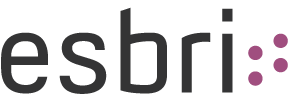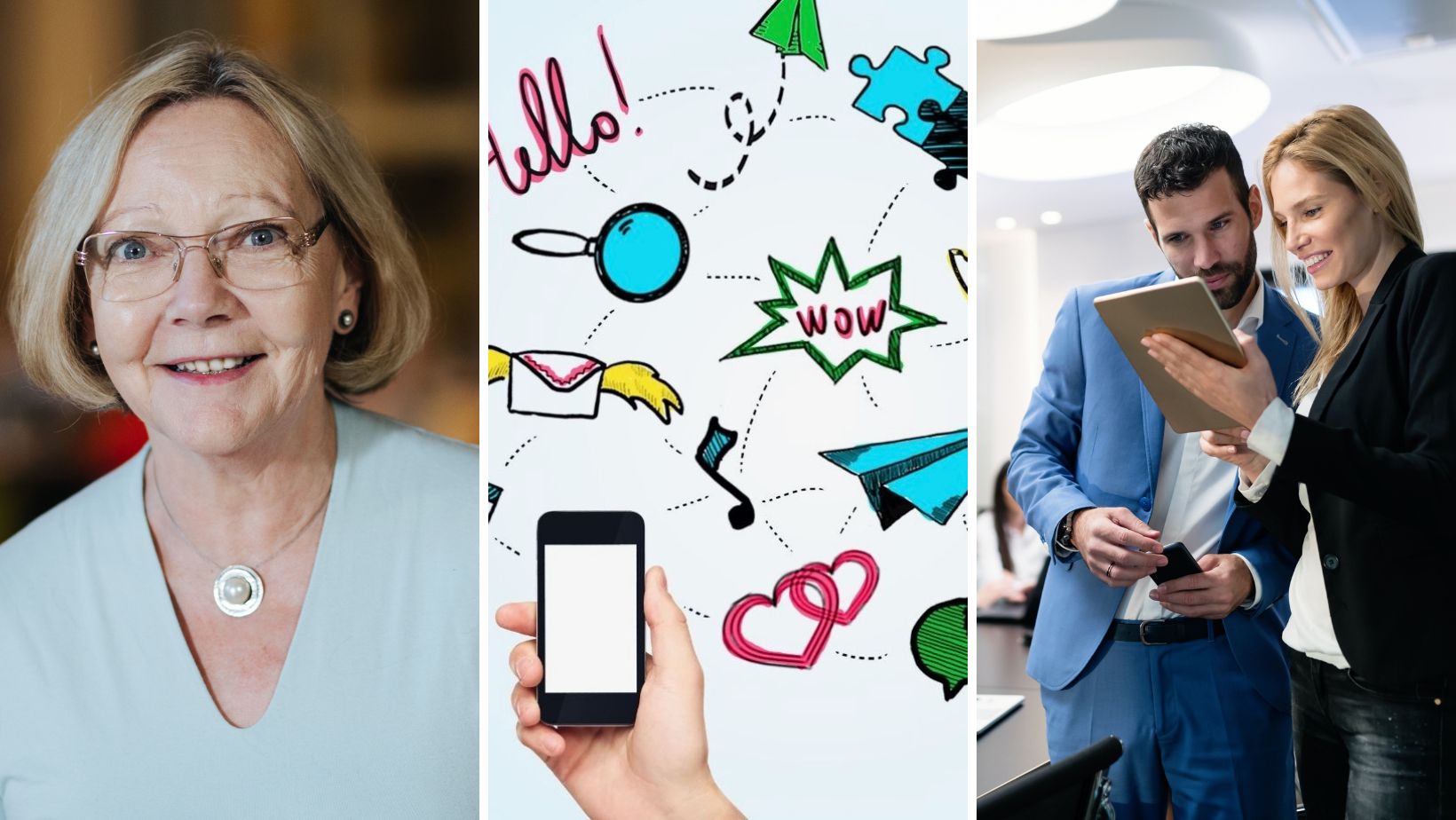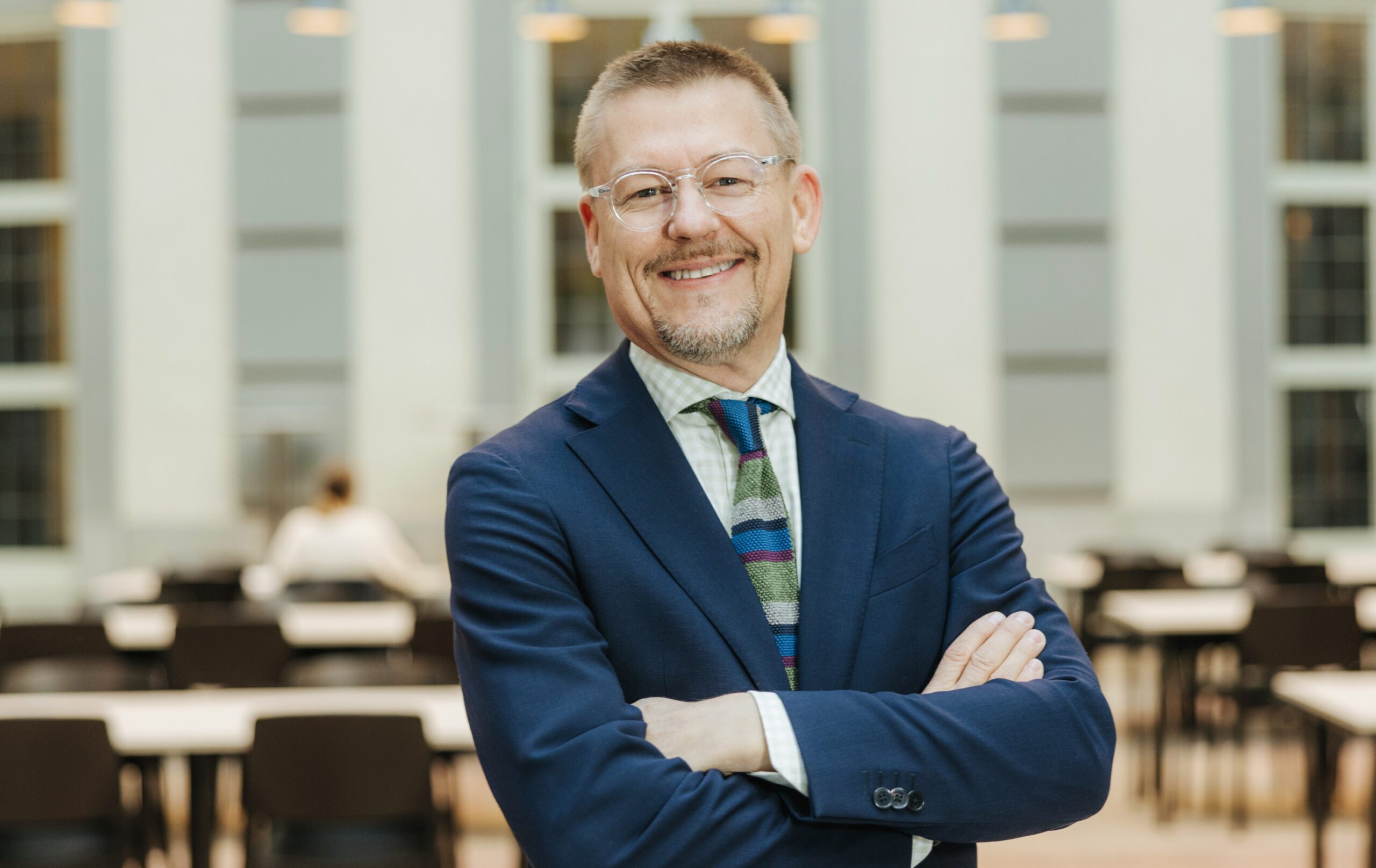This article has been translated with DeepL.
NEW RESEARCH | 3 steps to a sustainable business model
- Published: 30 Apr 2024,
- 11:26 AM
- Updated: 30 Apr 2024,
- 11:48 AM
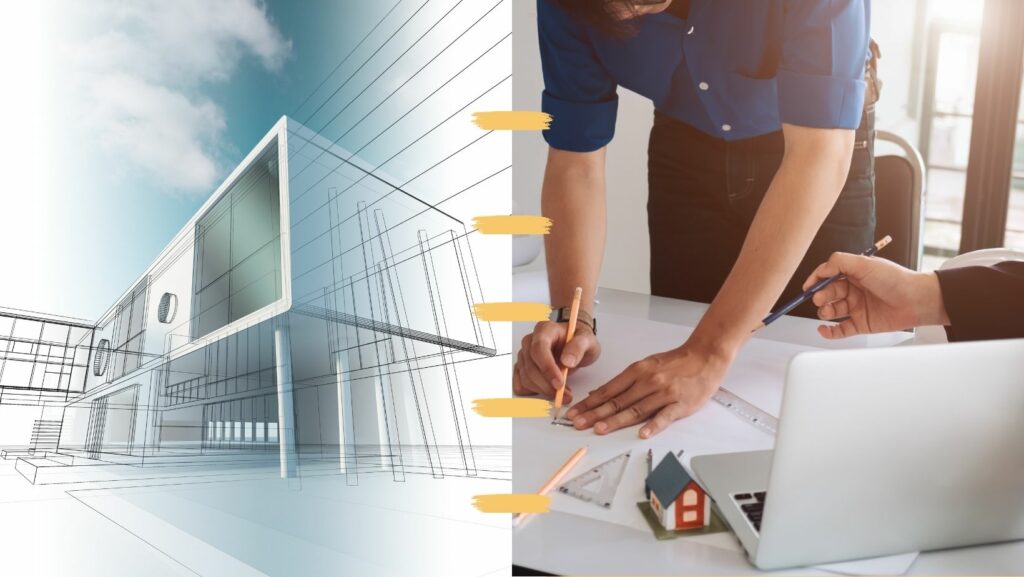

Companies that want to be part of the future need to shift to sustainable business models – fast. But how does it work? Lund University researcher presents three steps for successful business model innovation.
Architectural firms are usually good at talking about environmental, social and economic sustainability – but few practice what they preach. This is according to Markus Arnez-Wegelius, Lund University, who in his doctoral thesis has studied the climate-friendly construction industry and what is required to create a sustainable business.
– I have studied two of Sweden’s largest architectural firms, but my findings also apply to companies in other industries. Specifically, I have studied what steps companies need to go through for a successful transition process.
For architectural firms, ecological sustainability is about material choices, energy solutions and recycling, for example. Social sustainability can include creating psychologically appealing environments for people (light, vegetation, etc.), encouraging sustainable behaviors, and working on integration and inclusion.
– And, of course, for the company to survive, there needs to be financial sustainability in the business model.
Three phases to go through
To move from a classic business model to a sustainable one, the company needs to go through three phases, which Markus Arnez-Wegelius calls in turn sensing, seizing and transforming. The first phase is about exploring and finding opportunities that can make the company sustainable.
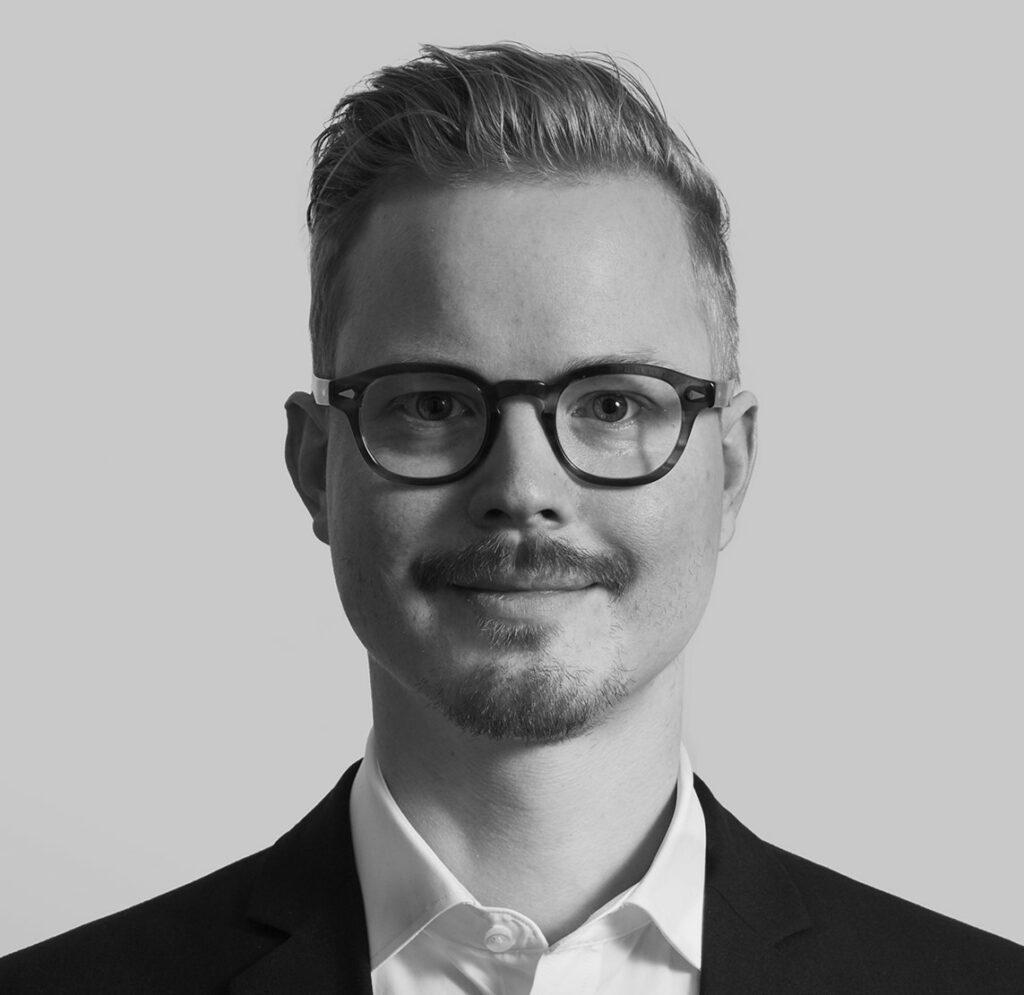
– From being just architects (or something else entirely, editor’s note) in the classical sense, you start taking influences from other disciplines. Perhaps managers and employees talk to sociologists, psychologists and environmental experts to learn more about sustainability.
– In the sensing phase, the company also learns from how other, competing, companies work with sustainability and how they deliver value to the customer.
In addition, in the initial phase, it is important to explore which stakeholders may be relevant to your transition. And who might be willing to cooperate, for example in joint research and development activities.
Time to act
In the next step towards a sustainable business model, the seizing phase, the company acts on what it has initially identified. It experiments and introduces new knowledge and skills into the company.
– The company is now changing its offer and experimenting with its business model. The company can start to capitalize on sustainability, becoming part of the work of defining what sustainability is, and how it should be applied in the specific industry,” explains Markus Arnez-Wegelius.
The great transformation
The third and final stage, the transforming phase, involves a comprehensive transformation of the company at its core. Sustainable values are now permeating the company and the new sustainable business model is taking shape.
– Employees are trained in sustainability, new roles and responsibilities are established. The value proposition to customers is very different from before.
Companies that undergo the transformation are better able to change their business model, and are thus more prepared for an unpredictable future. It is moving from being risk-averse to becoming more risk-prone, and relationships with external stakeholders are changing.
– In a sustainable business model, cooperation with partners outside the company is a key component. For example, they collaborate on research and development projects, share knowledge with each other and get external feedback to develop their business,” says Markus Arnez-Wegelius.
Apart from following these steps, what is your most important tip for companies that want to move towards a sustainable business model?
– Taking proper time to reflect on your new business model. And once you have mapped the business model, for example with the Business Model Canvas, it is important to build flexibility into it – make sure there is room for change. Because what applies today probably won’t apply next year,” says Markus Arnez-Wegelius.
Contact markus_joakim_edvard.arnez-wegelius@fek.lu.se
More about the thesis
Markus Arnez-Wegelius recently defended his thesis A Dynamic Capabilities Approach to Sustainable Business Model Innovation: A Case Study of the Swedish Architecture Industry at Lund University.
Read also:
Three tips for industrial companies in transition
How we create sustainable and competitive businesses
Digital innovation is transforming the purchasing process
